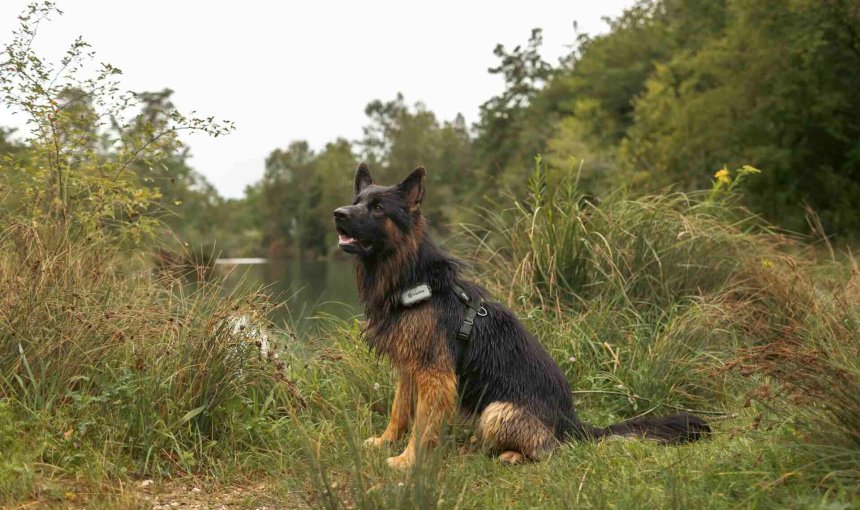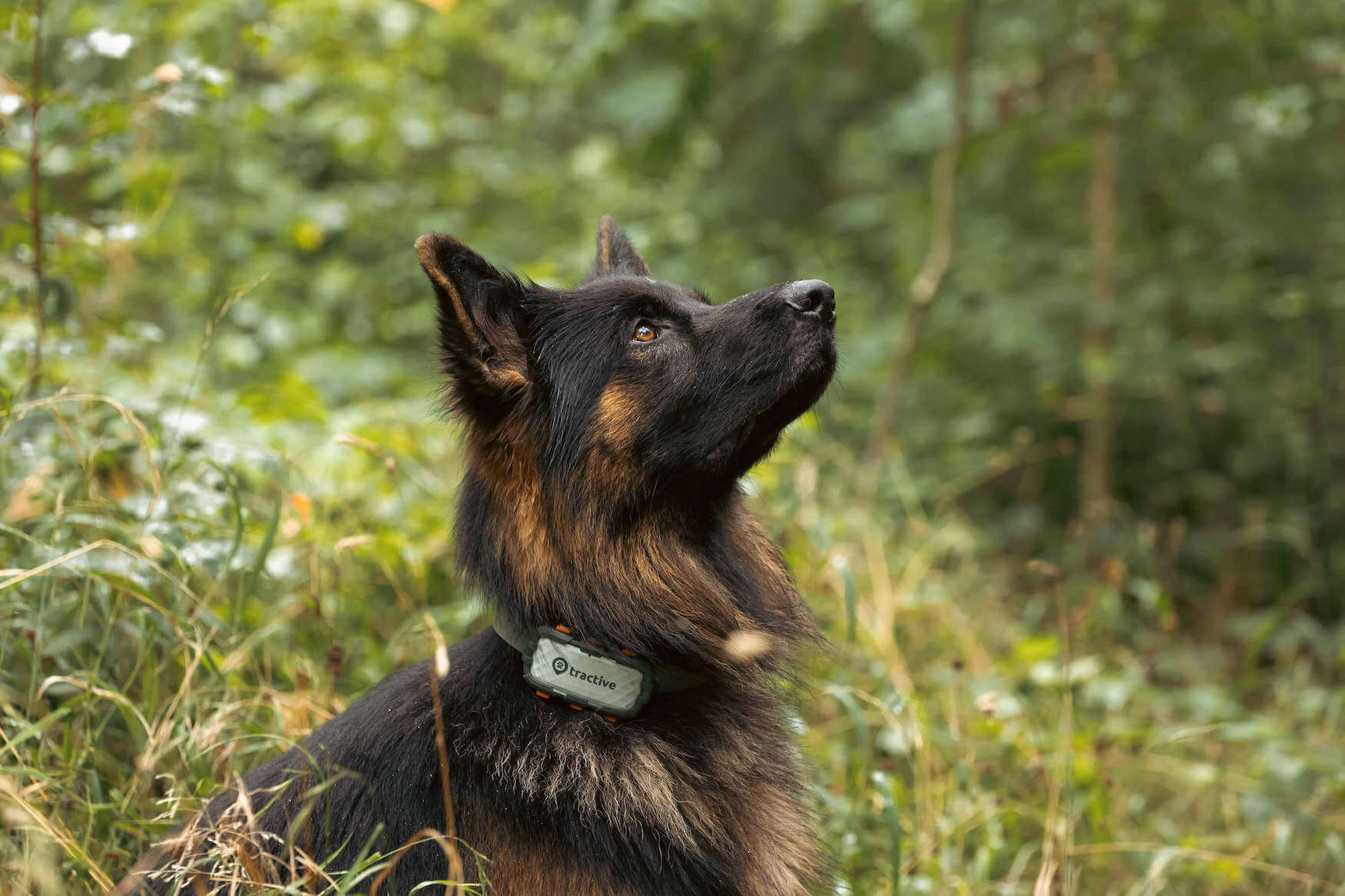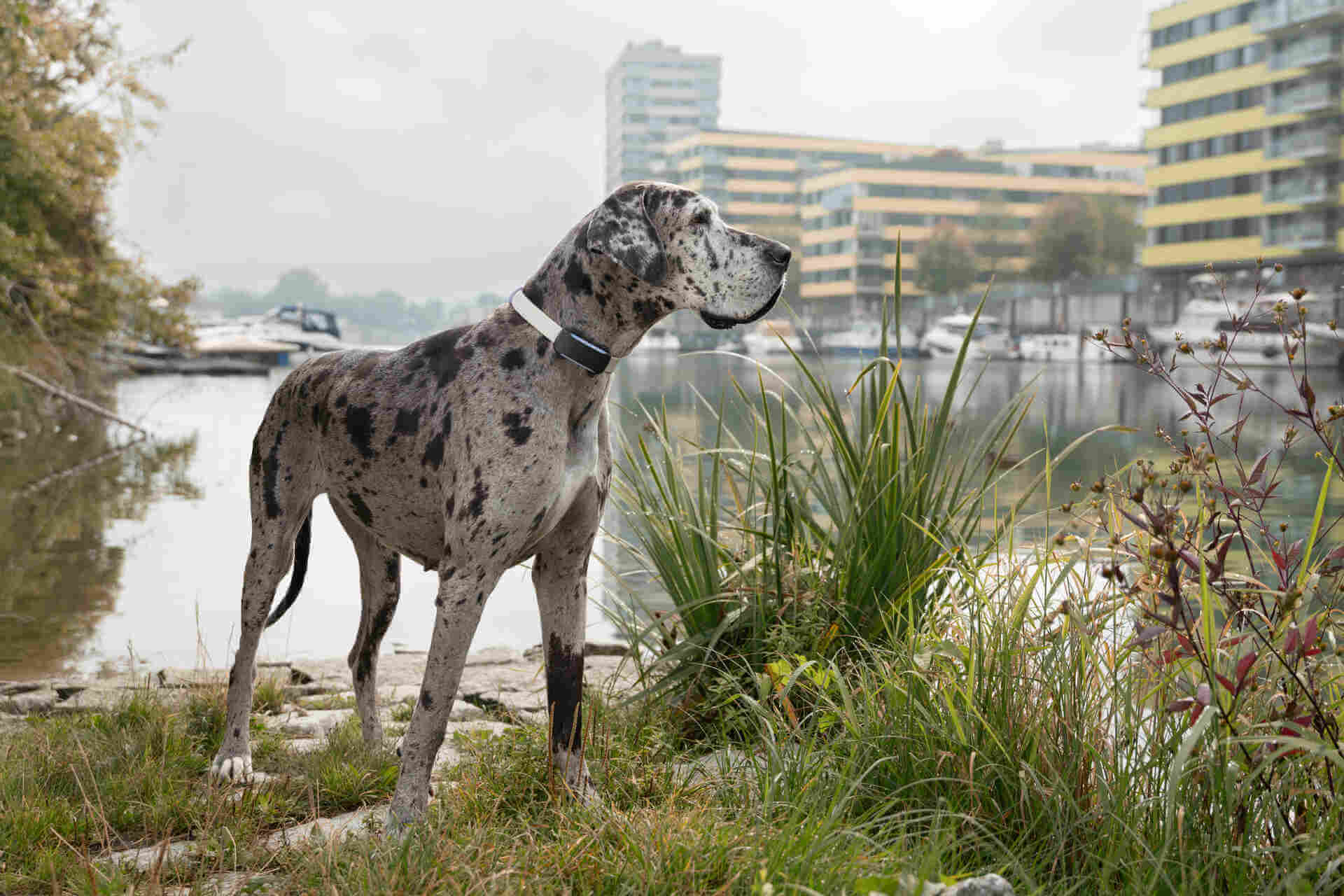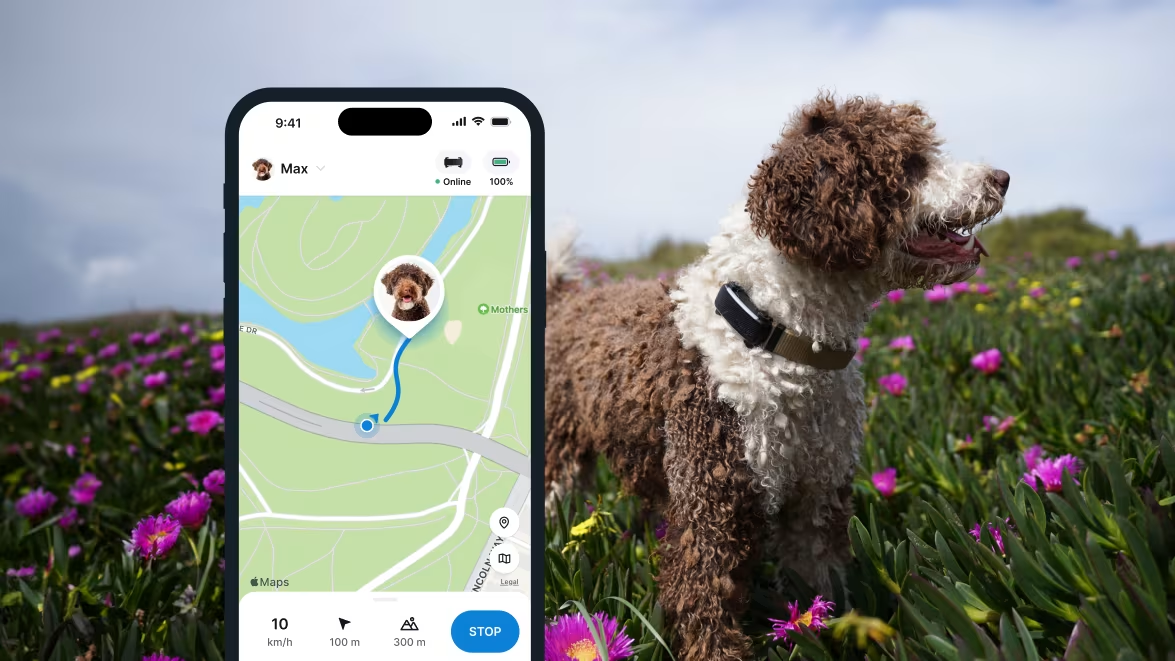All About Working Dogs: Their Roles, Breeds & More
From herding livestock or search & rescue, working dogs are proof of how deep our bonds go. Here are a couple of roles where they shine best & the breeds you'll find most commonly in them.

You might’ve heard of therapy dogs, service dogs, emotional support dogs – and how they support people in different ways. But what about the other ways that dogs go to work? Turns out working dogs have been bringing their intelligence, loyalty, and talents to a whole bunch of fields. Whether it’s herding livestock, search and rescue, or serving in law enforcement – they’re proof of how deep our bonds go.
Read on to discover a whole bunch of working dog breeds who’ve been helping out as loyal allies across a variety of roles.

Always know your buddy is healthy & safe
Read moreWhat are working dogs & what do they do?
As the name suggests, working dogs are canines trained to perform tasks that help humans in a specific field. These tasks can range from labor-intensive activities to providing essential services within professional settings. What sets working dogs apart is their innate drive, intelligence, and ability to adapt to challenging situations. Here are some roles where they shine best – and the different working dog breeds who’ve found their niche within them:
- Herding & managing livestock
- Transporting humans (and things) across distances
- Search and rescue (including water rescue)
- Law enforcement & security
- Therapy & comfort
- Assisting people with disabilities
- Military & K-9 units
Herding & managing livestock
With their strength and endurance, working dogs have historically been used for drafting and pulling heavy loads. They’re also exceptional herders. With their inborn talent for controlling and directing animals, they help humans manage livestock like sheep, goats, lambs, and even cows.
You might’ve seen a Sheepdog or an Australian Shepherd running around a meadow, getting the goats or cattle to stick together and not wander off. Plus, with their sharp instincts and responsiveness, they’re an excellent guard against wandering predators like coyotes, wolves, foxes, and even birds of prey, in some cases.
Border collies: Master herders
Highly intelligent and energetic, Border Collies are a working dog breed that excel in herding livestock and keeping them organized. Their intense focus, intelligence, trainability, and speed make them a valuable addition to farming environments – and also dog agility competitions!
In fact, farmers and ranchers around the world consider these dogs invaluable members of their families. Border Collies also respond well to complex commands and adapt quickly to their surroundings.
Transporting humans (and things) across distances
Some working dog breeds don’t just excel at pulling things – they’re also great runners. Sled dogs are specially trained to pull land vehicles (like sleds) with a harness. They’ve been delivering mail, exploring territories, and even racing through snowy areas like Russia, Canada, Scandinavia, and the Arctic.
Alaskan Malamutes: Expert team players
With their immense strength, Alaskan Malamutes can pull loads up to 3000 pounds (or 1500 kilograms)! They’re sometimes still used for hauling freight objects or even just traveling and exploring in North America, the Arctic, and Siberia.
Malamutes are bigger and stronger than their cousins, the Husky – who are bred for speed instead. They’re also friendly, sociable, and excellent pack workers. Malamutes love to be around people, which makes them an excellent family dog as well. Just watch out for their prey drive – it might make them chase around a smaller dog or cat.
Search & rescue (including water rescue)
Some working dog breeds shine best during search and rescue (SAR) operations. If you have a Labrador Retriever or German Shepherd at home, you might’ve noticed how they just can’t help but sniff around and dig at things, right? Well, these breeds are often trained to find missing people in different environments. These include disaster-stricken areas or in the wilderness.
Read More: The Best GPS Dog Tracker for Search & Rescue Missions
Newfoundlands: Water rescue heroes
Newfoundland dogs are excellent swimmers. They take to ponds, lakes, and rivers like fish to the water – so they’re intensively trained as water rescue dogs. This means they can tug along an entire boat full of 30 or so people and save them from drowning.
Law enforcement & security
You might’ve been tempted to give a passing police dog a pet or some scratchies. But they’re hard at work sniffing out drugs and explosives and helping keep the public safe. Intelligent, trainable breeds like the Dutch Shepherd and Belgian Malinois are perfect additions to law enforcement and security teams. They’re trained as guard dogs to bark at intruders and intimidate them, as well as apprehend suspects.
German shepherds: Versatile guardians

The German Shepherd is a versatile working dog that’s earned its role across a variety of fields. These include police and military work to search and rescue missions. Their strength, loyalty, and keen sense of smell make them an excellent addition to a bunch of professional settings. German Shepherds are also highly loyal to their handlers and families and trust them deeply.
Therapy & comfort
Therapy dogs provide a comforting presence in care environments – like hospitals, nursing homes, and schools. You might’ve seen a Golden Retriever wandering around a pediatric ward, offering cuddles and affection to the children and staff. With their human parents, therapy dogs often volunteer their services at care environments where they interact with different people.
Great Dane: Gentle giants in therapy

Despite being the size of a small horse, Great Danes are just big old softies. They’re so gentle, caring, and affectionate, that they make excellent therapy dogs. One of the criteria for qualifying as a good therapy dog is being able to sit patiently and provide solace (and smiles!) to patients in hospitals, elderly folks at care homes, and even rehabilitation centers. So with their naturally gentle temperament and awareness of their big size, Great Danes are excellent partners for people in therapeutic environments.
Military & K-9 units
Throughout history, dogs have been loved, valued members of military units, bravely fighting along soldiers. Breeds like the German Shepherd and even Labradors are often trained as “sniffer dogs” – employed in military and K-9 units to track, patrol, and sniff out explosives. With their skills, they can also detect enemies in the dark, scout out ambushes and snipers, and search and rescue casualties in hard to find places.
Oftentimes, these highly certified dogs are owned by government agencies or official kennels contracted by the government. But military dogs can still grow very attached to their teams. They continue to show steadfast loyalty and dedication even after their service is complete. As a result, military families often adopt them – sometimes as a way to overcome any mental health difficulties they might face as a result of experiencing war and trauma.
Belgian Malinois: Tactical partners
Belgian Malinois are excellent partners in law enforcement and military units. Like their cousins, the German Shepherd, their agility, high intelligence, keen sense of smell, and high energy levels make them excel at scent detection, protection, and apprehending suspects. These dogs are also focused and quite calm temperament-wise, so they adapt well to high-stress environments.
Should dogs really “work”?
Experience shows that dogs who have a task to fulfill (no matter how small or big), live a longer, happier life. In fact, studies on working dogs have shown that giving dogs a job they actually enjoy can help to prevent other behavioural issues (such as stealing socks, chewing on furniture, digging, barking for no reason, anxiety issues and many more). Plus, being around other people is what most playful dogs really love! And, staying active will improve the general fitness and health condition of our furry friends as well. So by definition, being a working dog is a rewarding experience both for the dog, family, and parents.
How working dogs benefit from a GPS tracker

| Type | Benefits of a GPS tracker to this working dog |
|---|---|
| Search and rescue dogs: great agility and sense of smell | Situation: The dog risks getting stuck in snow or another sticky situation, when searching for a lost person buried in an avalanche. Benefit: A GPS tracker will always tell you the exact position of your furry friend in real-time. |
| Police/military dogs | Situation: Imagine how much you can make use of a Tractive GPS Tracker, when a police dog is chasing a running thief, for example. Often, dogs run faster than humans, so one can easily lose track of the dog. Benefit: With a GPS Tracker, you can share the dog’s position with the entire crew and follow your dog in real-time! |
| Herding dogs: Mostly work with sheep and cattle | Situation: Your dog is guarding a herd of sheep, when one of them gets away from the herd. The dog will automatically follow the lost sheep and try to bring her back to the herd. But what if the two of them get too far away from the herd or the herd has already moved on? Benefit: The Tractive GPS Tracker will tell you immediately where your dog is, no matter how far away your dog or the lost animals might have gone. |
| Service dogs: assist persons with disabilities | Situation: Service dogs are very special to people with disabilities. Imagine your dog helping a blind or wheelchaired person at home. Benefit: With the Tractive GPS Tracker attached to your dog, a third person can always see directly on their smartphone, where for example the blind family member is, since the dog will always be near the person. |



